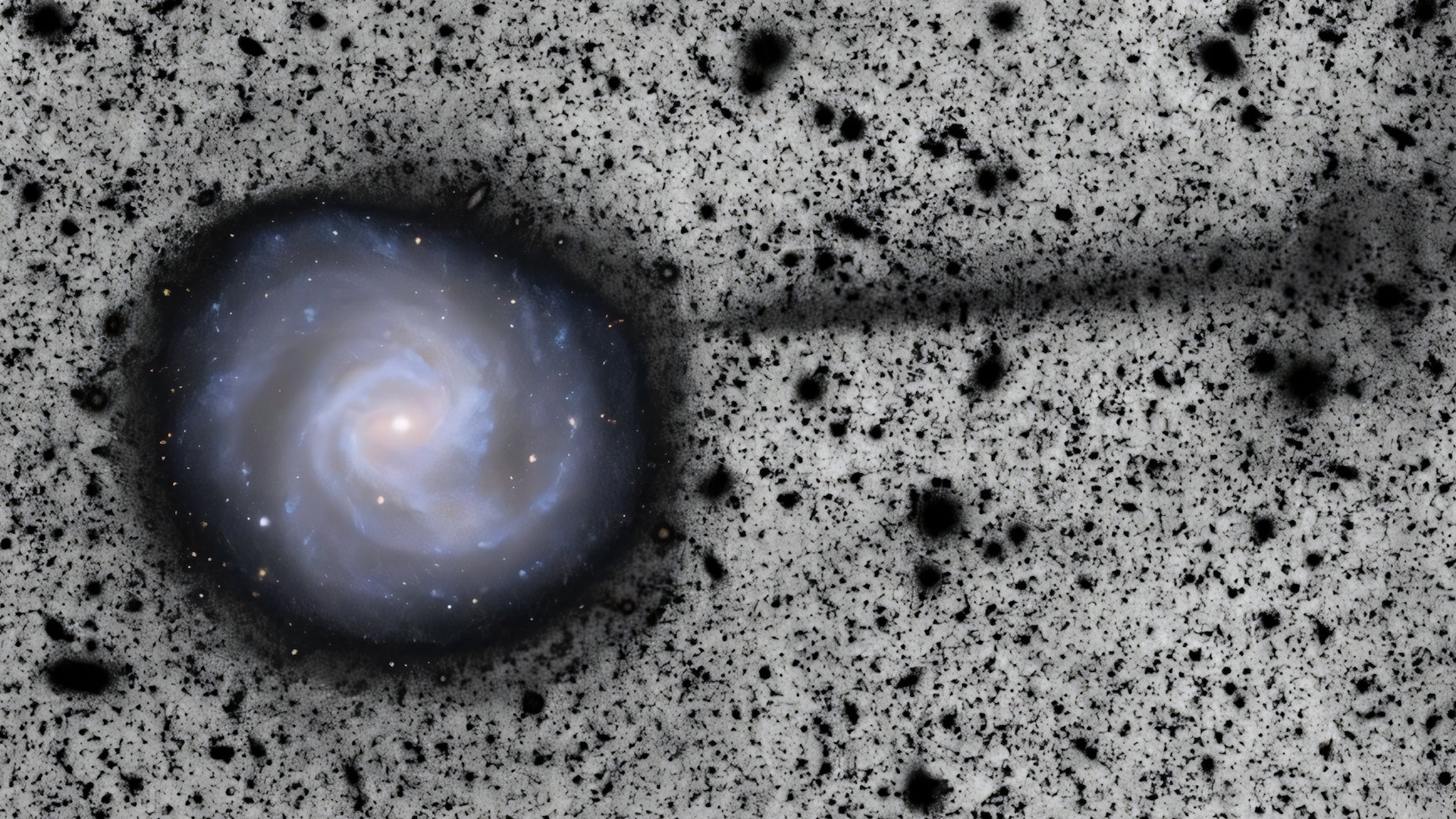Snowflake Gallery: No Two Alike, of Course
Lighting

Kenneth Libbrecht, a professor of physics at California Institute of Technology, photographs snowflakes in the field and in his lab. Studio-type lighting, even outdoors, brings out angles, texture and color that are otherwise hard to spot. [Read more about the science of snowflakes]
Photographs of real snowflakes reveal an even more amazing variety than you might have expected.
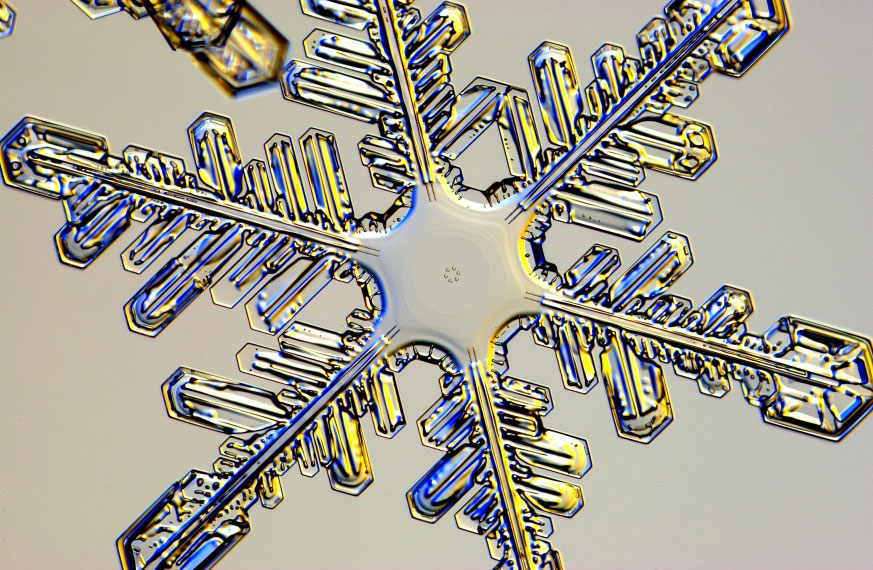
Kenneth Libbrecht, a professor of physics at California Institute of Technology, photographs snowflakes in the field and in his lab. Studio-type lighting, even outdoors, brings out angles, texture and color that are otherwise hard to spot.
Photographs of real snowflakes reveal an even more amazing variety than you might have expected.
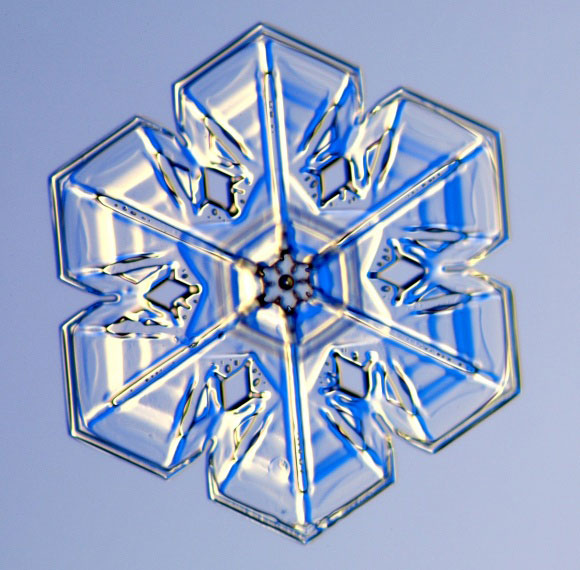
Kenneth Libbrecht, a professor of physics at California Institute of Technology, photographs snowflakes in the field and in his lab. Studio-type lighting, even outdoors, brings out angles, texture and color that are otherwise hard to spot.
Photographs of real snowflakes reveal an even more amazing variety than you might have expected.
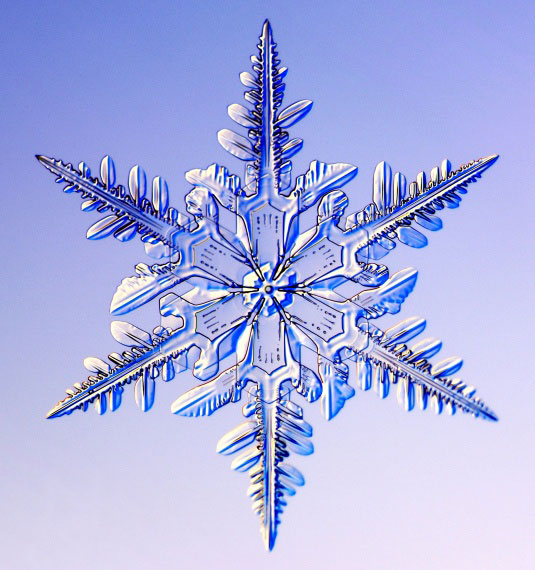
Kenneth Libbrecht, a professor of physics at California Institute of Technology, photographs snowflakes in the field and in his lab. Studio-type lighting, even outdoors, brings out angles, texture and color that are otherwise hard to spot.
Photographs of real snowflakes reveal an even more amazing variety than you might have expected.
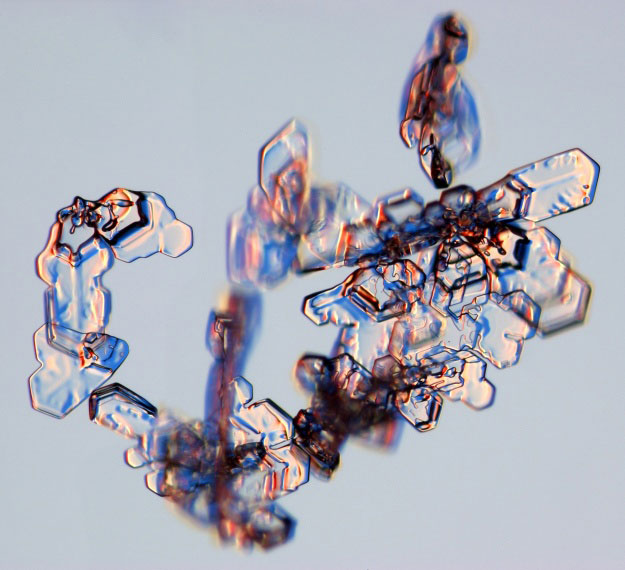
Kenneth Libbrecht, a professor of physics at California Institute of Technology, photographs snowflakes in the field and in his lab. Studio-type lighting, even outdoors, brings out angles, texture and color that are otherwise hard to spot.
Photographs of real snowflakes reveal an even more amazing variety than you might have expected.
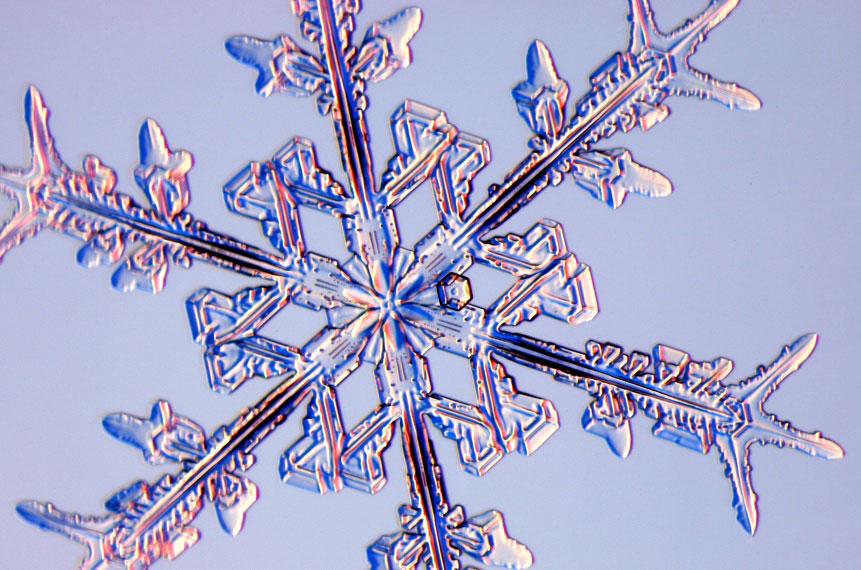
Kenneth Libbrecht, a professor of physics at California Institute of Technology, photographs snowflakes in the field and in his lab. Studio-type lighting, even outdoors, brings out angles, texture and color that are otherwise hard to spot.
Photographs of real snowflakes reveal an even more amazing variety than you might have expected.
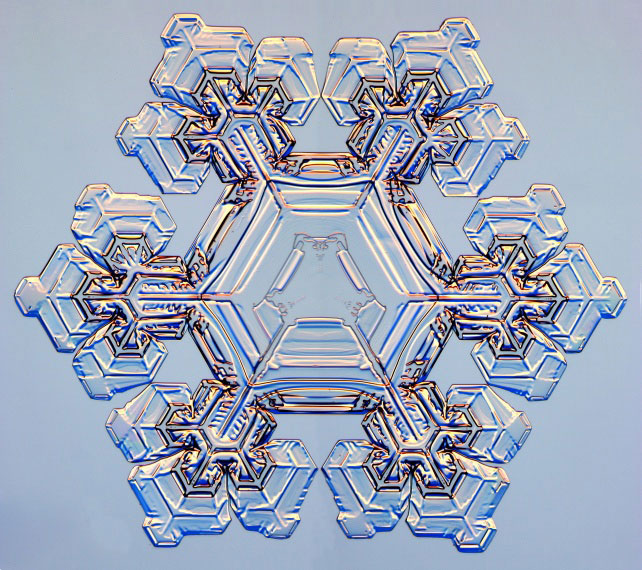
Kenneth Libbrecht, a professor of physics at California Institute of Technology, photographs snowflakes in the field and in his lab. Studio-type lighting, even outdoors, brings out angles, texture and color that are otherwise hard to spot.
Get the world’s most fascinating discoveries delivered straight to your inbox.
Photographs of real snowflakes reveal an even more amazing variety than you might have expected.
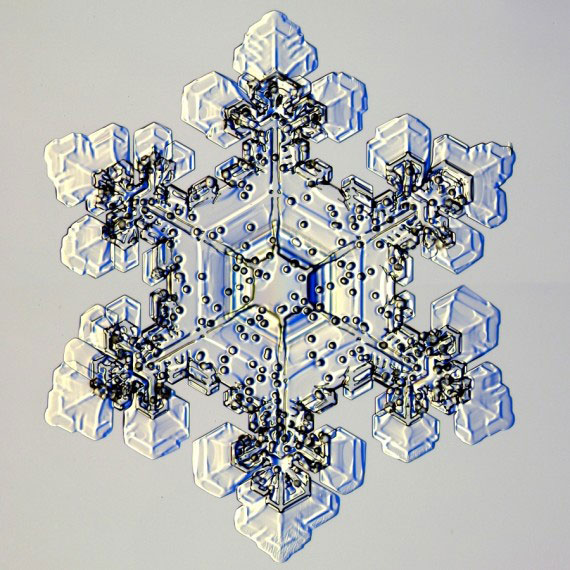
Kenneth Libbrecht, a professor of physics at California Institute of Technology, photographs snowflakes in the field and in his lab. Studio-type lighting, even outdoors, brings out angles, texture and color that are otherwise hard to spot.
Photographs of real snowflakes reveal an even more amazing variety than you might have expected.
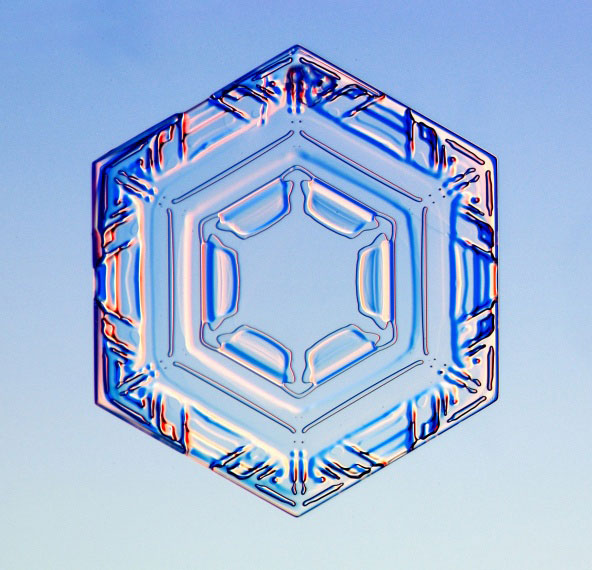
Kenneth Libbrecht, a professor of physics at California Institute of Technology, photographs snowflakes in the field and in his lab. Studio-type lighting, even outdoors, brings out angles, texture and color that are otherwise hard to spot.
Photographs of real snowflakes reveal an even more amazing variety than you might have expected.
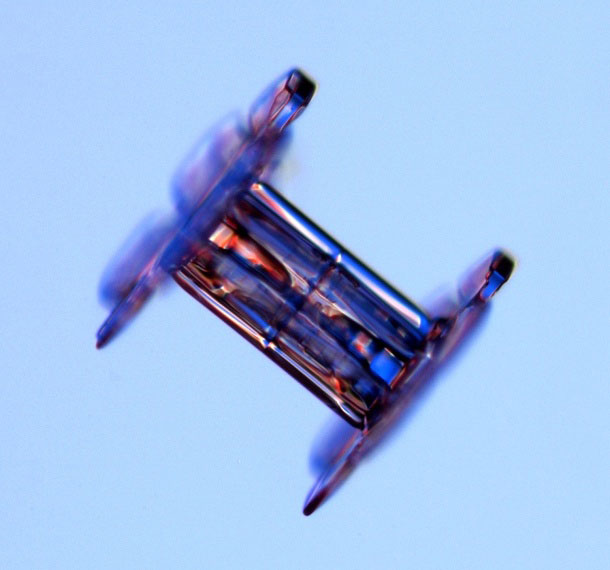
Kenneth Libbrecht, a professor of physics at California Institute of Technology, photographs snowflakes in the field and in his lab. Studio-type lighting, even outdoors, brings out angles, texture and color that are otherwise hard to spot.
Photographs of real snowflakes reveal an even more amazing variety than you might have expected.
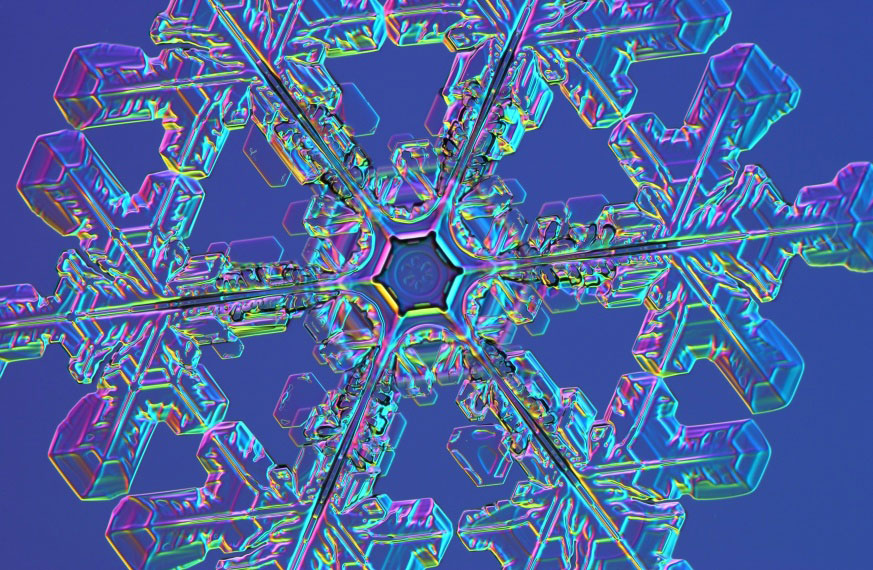
Kenneth Libbrecht, a professor of physics at California Institute of Technology, photographs snowflakes in the field and in his lab. Studio-type lighting, even outdoors, brings out angles, texture and color that are otherwise hard to spot.
